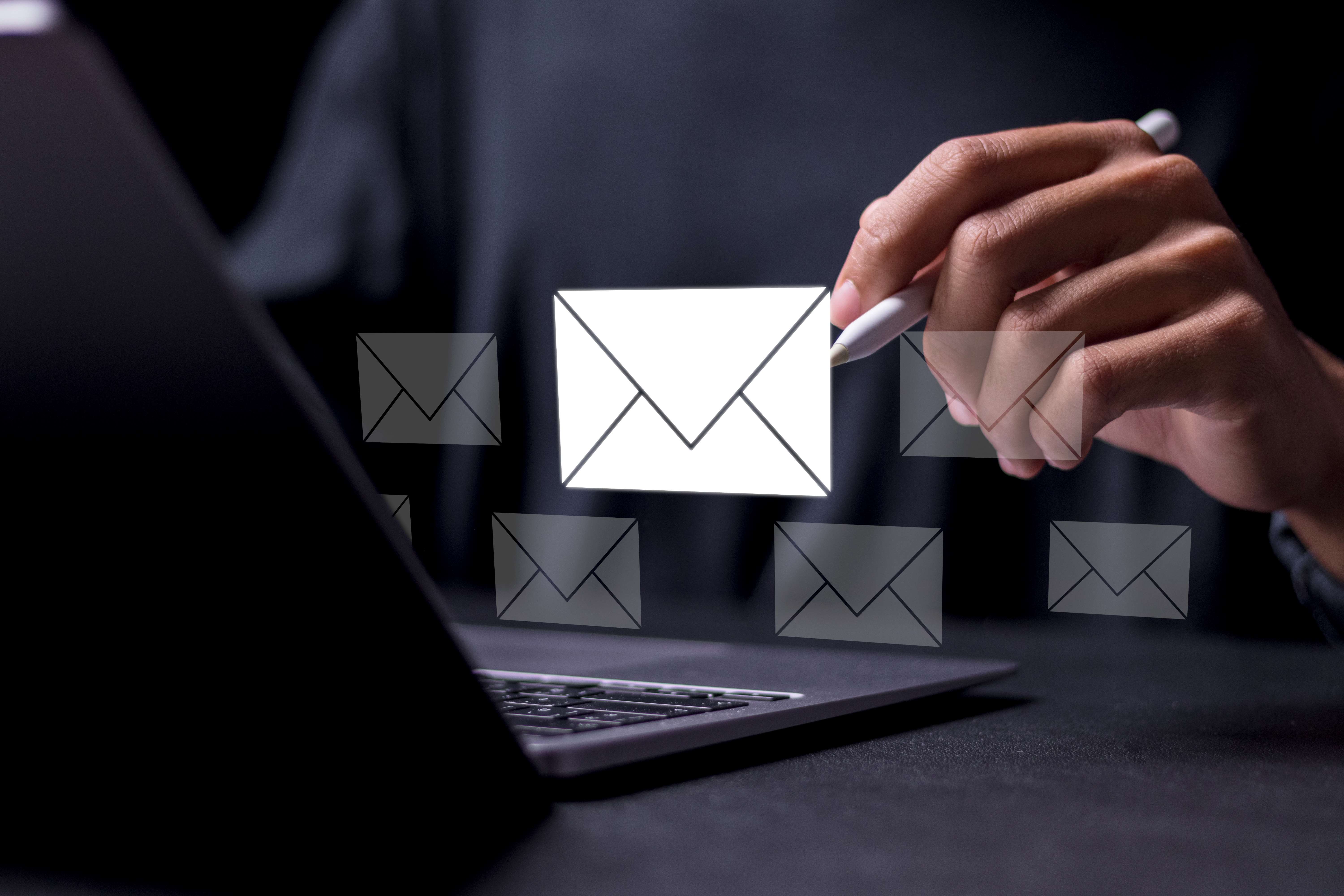How To Write An Effective Sales Email: Key Elements For Success
Published 9:40 am Wednesday, August 14, 2024
You’ve probably received hundreds, if not thousands, of sales emails. Most likely, the majority ended up in the trash. Why? Because they were boring, impersonal, and didn’t offer any value. But don’t worry, you can change that. With the right approach, your sales emails can stand out from the crowd and actually get results. But how do you write an effective one? Read on to know more.
Craft A Compelling Subject Line
Your sales email subject line is your first impression, regardless of your target audience. It’s your golden opportunity to hook your readers and entice them to open your email. To make it effective, follow these guidelines:
Keep it Concise
Aim for six words or fewer. This will make it easy for people to read on their mobile devices. Short, compelling subject lines are more likely to be noticed and clicked on.
Be Specific and Relevant
Clearly state the main benefit or offer in your email. This will help people decide if they’re interested without opening the email. For example, instead of “New Product Launch,” try “Boost Sales 20% With Our New Product.”
Create Intrigue or Urgency
Use powerful words or create a sense of scarcity to grab attention. For instance, instead of “Limited Time Offer,” try “Last Chance: 50% Off Today Only.”
Avoid Generic or Clickbait Subject Lines
These will likely get ignored or marked as spam. To create the best sales email, be honest and upfront about the content. A clear and informative subject line is more likely to build trust with your recipients.
A compelling mail subject line is concise, specific, intriguing, and honest. Whether you’re selling a new product, promoting a limited-time offer, or even offering an online course, especially those analyzed by platforms like Digital Course Detective, applying these principles will increase the chances of your email being opened and read.
Personalize Your Greeting
When it comes to email marketing, you have to know that many people appreciate personalization. It shows that you value their time and attention. Starting your sales email with a generic “Dear Sir or Madam” is a big turn-off.
Take the time to personalize your greeting. Use the recipient’s name if possible. If you don’t know their name, try something like “Hi there” or “Hello.” With personalization, it also shows that you’ve put in the effort, making the recipient more likely to engage.
Build Credibility
People are more likely to buy from someone they trust. Build credibility by mentioning any credentials, awards, or notable clients your company has. This helps the recipient feel confident that they’re dealing with a reputable organization.
Including testimonials or case studies can also establish your credibility. Sharing success stories from other customers shows that you’ve delivered results and can do the same for them.
If you have statistics or data to support your claims, share them. This adds weight to your message and reassures the recipient that you’re legitimate. Remember, people are more likely to engage with you if they feel they can trust you. It’s all about making them comfortable with the idea of doing business with you.
Get Straight to the Point
People are busy. They don’t have time to waste. Therefore, respect their time by getting straight to the point. In your opening line, clearly state the purpose of your email. Are you introducing a new product? Offering a solution to a problem? Sharing valuable information? Be clear and concise.
The first few sentences of a good sales email should grab the reader’s attention and make them want to keep reading. Use strong, active verbs and avoid jargon. Tell a story or ask a question to pique their curiosity.
If you’re unsure about what to include in your email, consider valuable resources on sales like a Jeremy Miner book. You can also compare the best sales emails you see online for more insights.
Highlight The Benefits
Focus on the benefits of your product or service, not the features. What problem does your product solve? How will it make the recipient’s life easier? Use strong, persuasive language to paint a picture of how your product will improve their situation.
For example, instead of saying, “Our software has five modules,” opt for “Our software automates your sales process, saving you hours of time each week.”
Include a Call to Action (CTA)
Every effective sales email needs a clear CTA. What do you want the recipient to do next? It could be scheduling a call, signing up for a webinar, or downloading a resource. So, make your CTA direct and easy to follow.
In addition, try to place it early in the email and repeat it at the end. If you want to know which CTA works best with your needs, consider A/B testing to help you make necessary improvements.
Proofread Carefully
Typos and grammatical errors can make you look unprofessional. Proofreading your email carefully before hitting send can be helpful. It’s worth taking a few extra minutes to ensure your email is polished and error-free. This shows that you pay attention to detail and that you respect the reader’s time.
Conclusion
Writing effective sales emails is about crafting a message that resonates with your recipient and compels them to take action. By following these key elements, you’ll increase your chances of success and build stronger connections with your prospects. However, keep in mind that the goal isn’t just to make a sale—it’s to start a relationship that could lead to many more opportunities down the line.



